One of the most prevalent and versatile manufacturing processes for plastic parts is that of injection molding. The overall process involves the creating of plastic part by injecting molten thermoplastic material into a mold cavity, which in-turn cools and solidifies to produce the final part. An injection molding machine is responsible for ensuring each part produced meets strict performance specifications and is free of defects.
Injection molded products are made up of many different components. These differ in both what they’re designed to do and how they help make up the total system’s performance requirements.
Injection Molding is an important process to manufacturing industry. Everything about Injection Molding – Process, Parameters, defects, Equipment, products and many more.
1. Understanding Injection Molding
Injection Molding is one of the most commonly used manufacturing processes for the fabrication of plastic parts. A wide variety of products are manufactured using injection molding, which vary greatly in their size, complexity, and application. The injection molding process requires the use of an injection molding machine, raw plastic material, and a mold.
The plastic is melted in the injection molding machine and then injected into the mold, where it cools and solidifies into the final part. The steps in this process are described in greater detail in the next section.
How Injection Molding Works
Basically, raw material (generally in form of pellets or granules) is fed into a heated barrel possessed with Injection Molding Machine. Barrel has a reciprocating screw which melts and mixes the polymer granules or pellets and pushes it forward for injecting it into the mold cavity.
The main Components are:
The injection molding machine is made up of several components, all of which are designed to keep accuracy and quality come been maintained:
- Hopper – The hopper is responsible for storing and feeding the plastic pellets into the barrel.
- Heated Barrel and Screw – Melt the material and then, mix before you inject.
- Nozzle and Mold Injector System – Direct the molten plastic into the mold.
- Mold Tooling – The custom-designed steel or aluminum mold that gives shape to the final part.
- Clamping Unit – Keeps the mold halves closed tightly during injection.
- Cooling System – Helps the molten plastic solidify quickly and uniformly.
- Ejector System – Removes the finished plastic injection mold parts after cooling.
2. Working Principle of Injection Molding
The working principle of Injection Molding is quite simple, we inject heated liquified plastic material into a mold after converting it into the liquid state, and then with the help of pressure and heat we mold the required output part in desired shape and size.
Step 1: Clamping
It all starts in the clamping unit of your mold injection machine. Here’s where both halves of the mold, the core and cavity, are tightly closed. Your custom injection mold is secured to the clamping unit ensuring perfect alignment. And, high clamping force is required to keep the mold from opening due to high injection pressure.
The Characteristics Injection Molding process is completely dependent on this step as any misalignment or insufficient clamping pressure can lead to defects like flash, poor part finish or dimensional inaccuracy.
Step 2: Injection of Molten Plastic
The heated plastic is injected into the mold. After the mold closes, the space between the mold cores and cavity’s is filled with melted plastic resin. Pressure is put on the mold to make sure the plastic cools as quickly as possible.
The molten plastic is then injected at high pressure through a nozzle into the mold cavity. The high-pressure injection ensures that the molten material completely fills every detail of the mold design — from fine ribs and threads to complex undercuts.
Step 3: Holding Pressure and Packing
After the first shot, the part material is packed for a short period because it is necessary to make up for the shrinkage of the Material as plastic in part begins to cool.
This pressure is maintained by Characteristics Injection Molding process until gate freezes. Uncontrolled packing could lead to sink marks or voids in the mold.
Step 4: Cooling
After the cavity is filled, the cooling process begins. As it cools, the molten plastic will begin to solidify inside the custom injection mold and onto the design.
The mold injection machine has a cooling system built in. It consists of water or oil channels that are placed throughout the mold, and through which a coolant (water/oil) flows to control the temperature. This is a very important stage because the time it takes for the part to cool down directly affects the whole cycle time and therefore – production efficiency.
Because of all these negative consequences, injection mold tool design engineers work really hard on designing those channels in such way as to make sure the good quality of each produced part.
Step 5: Mold Opening and Ejection
When the part has cooled, the clamping unit of the injection molding machine opens the mold halves. The ejector pins or plates push the molded part out of the cavity.
To avoid such surface scratches and part deformation, it is important to properly eject the parts from the mold. In a fully-automated system, robot arms quickly remove the parts and place them on conveyor belts for inspection or second processing.
Conclusion
The Characteristics of Injection Molding made it one of the paramount and widely adopted manufacturing processes in the modern world. The capacity to manufacture high production quality, high precision, engineered plastic parts at a high-rate would be unimaginable without injection molding. It is indeed the main manufacturing process underpinning automotive, medical, consumer electronic, and packaging industries operations.
Combining modernized injection molding machines with well-tool custom injection molds and precisely regulated mold injectors allows for manufacturers to reproduce similar product results repeatedly with little variation meaning low waste on parts as well. Each part which gets designed with-injection mold produced will bear resemblance to its efficiency painstaking perfection.

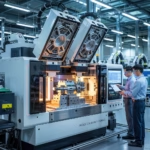
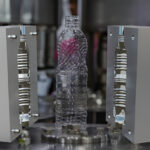
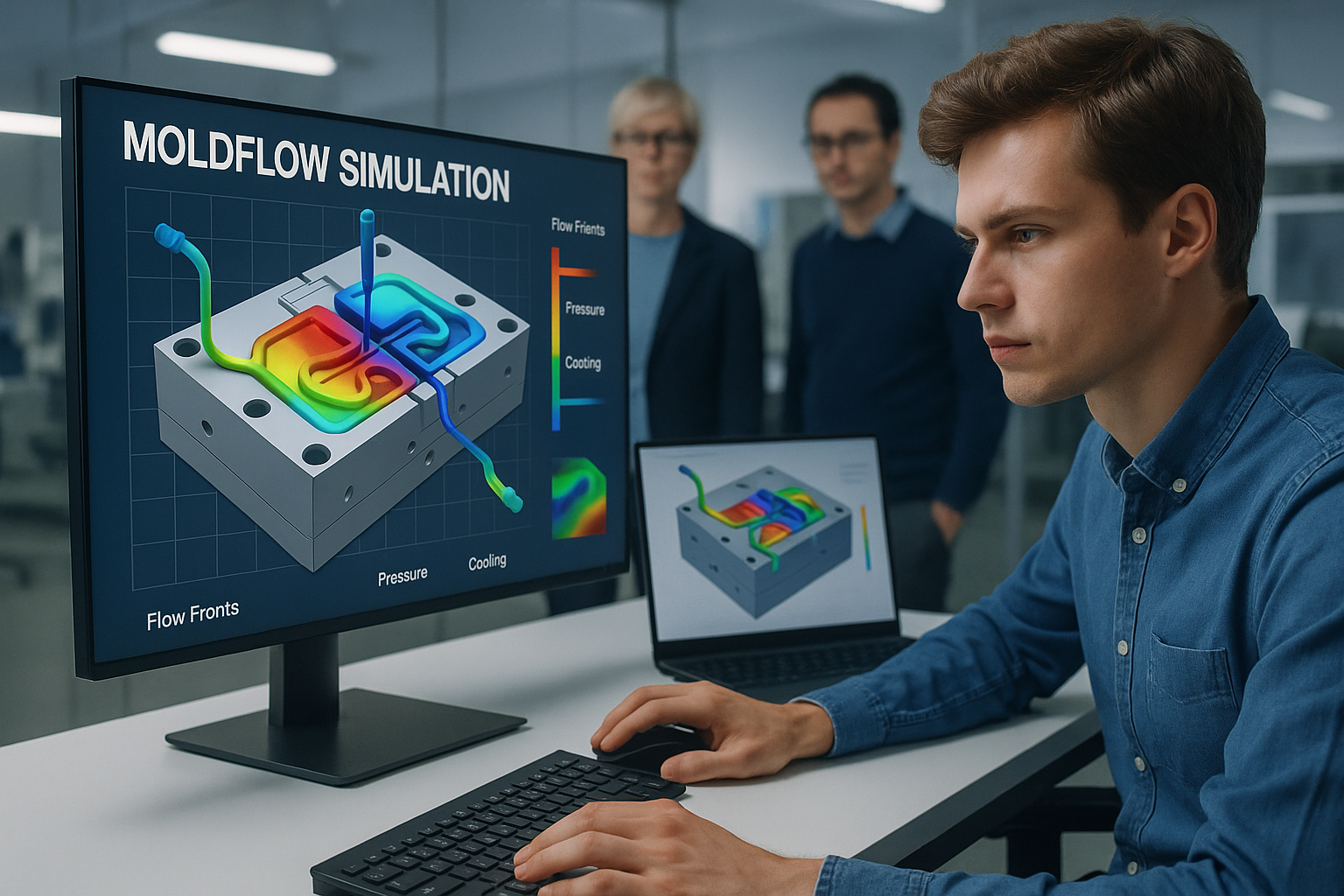
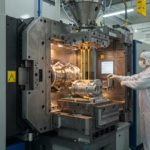
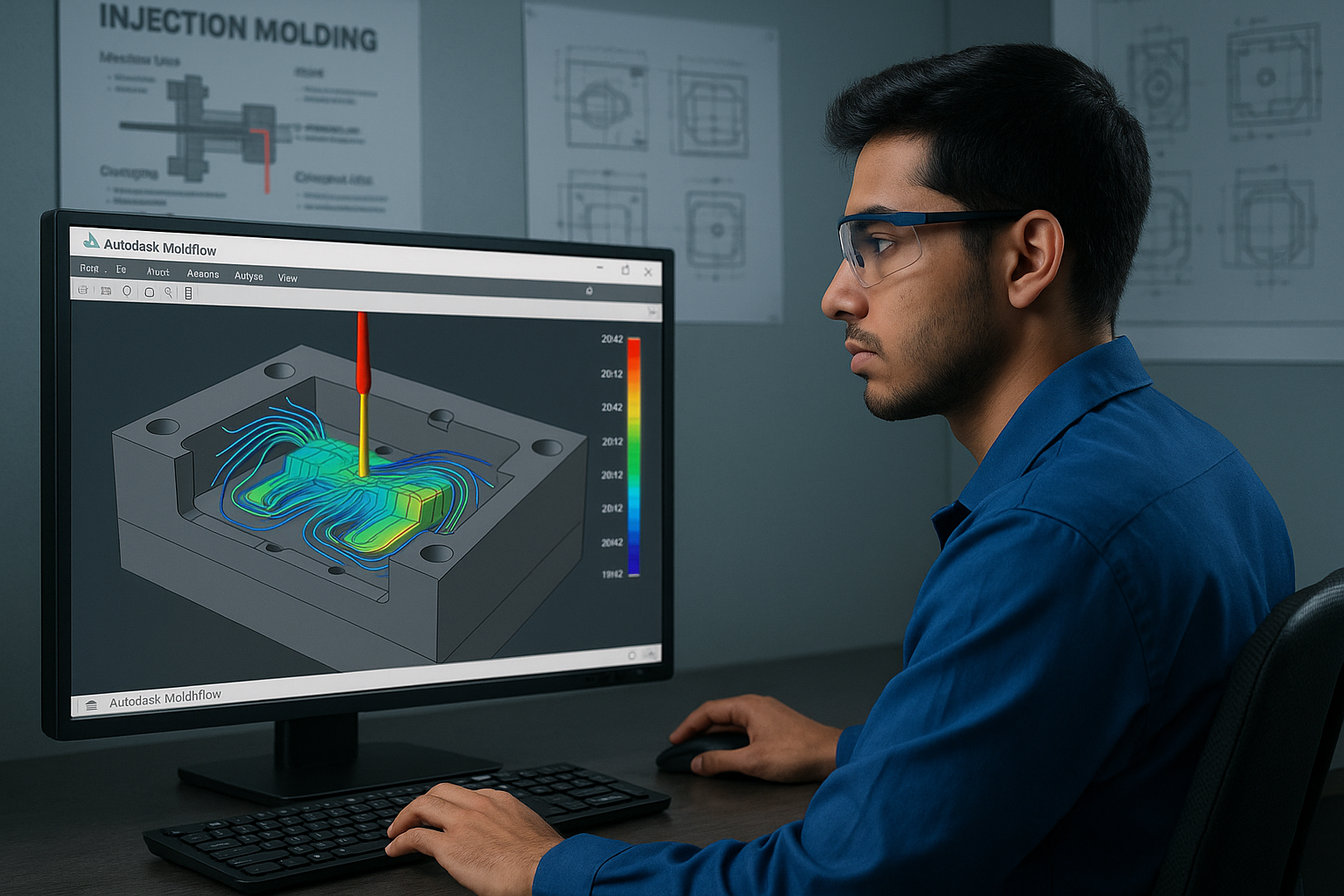
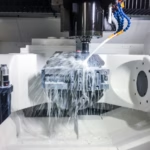
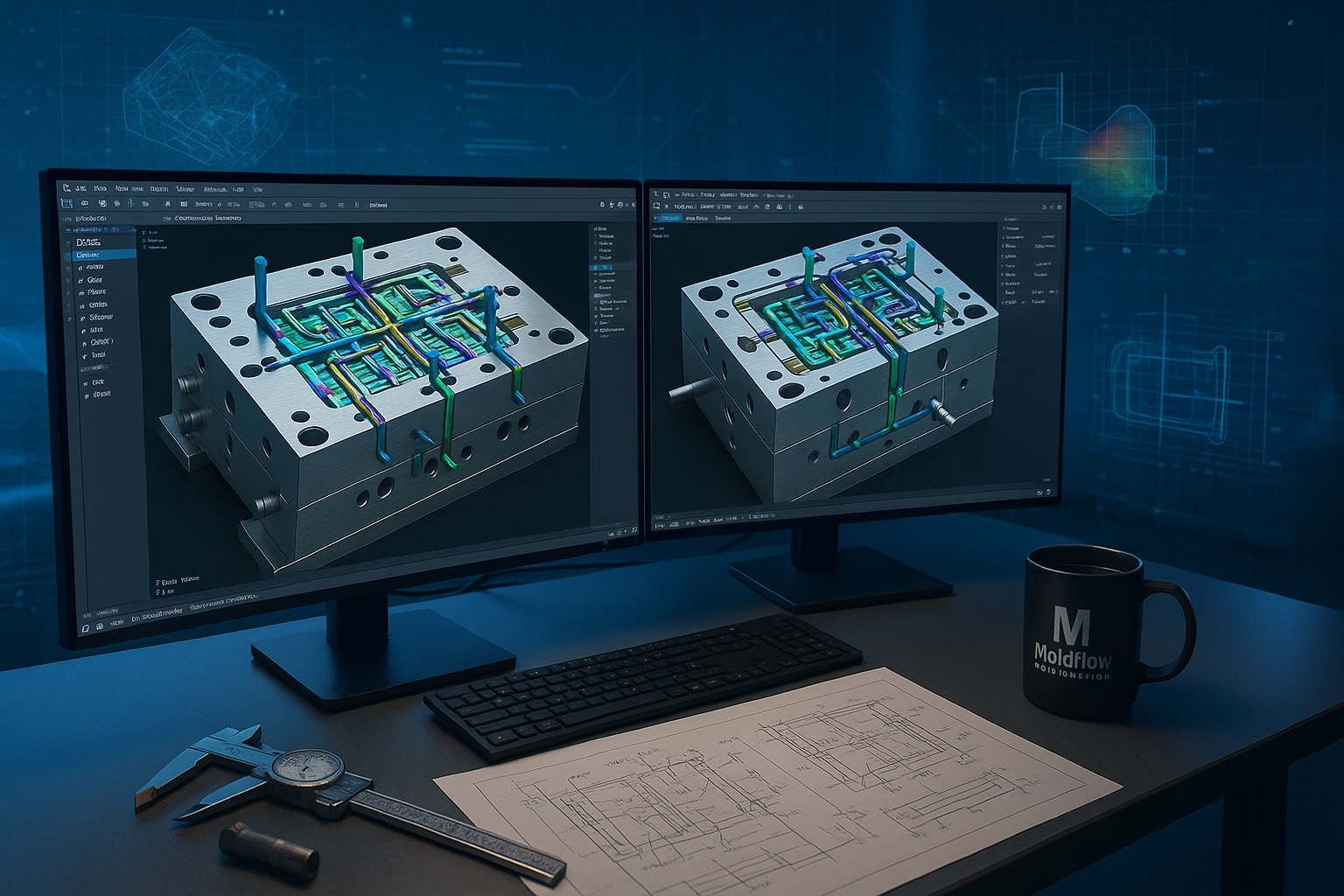
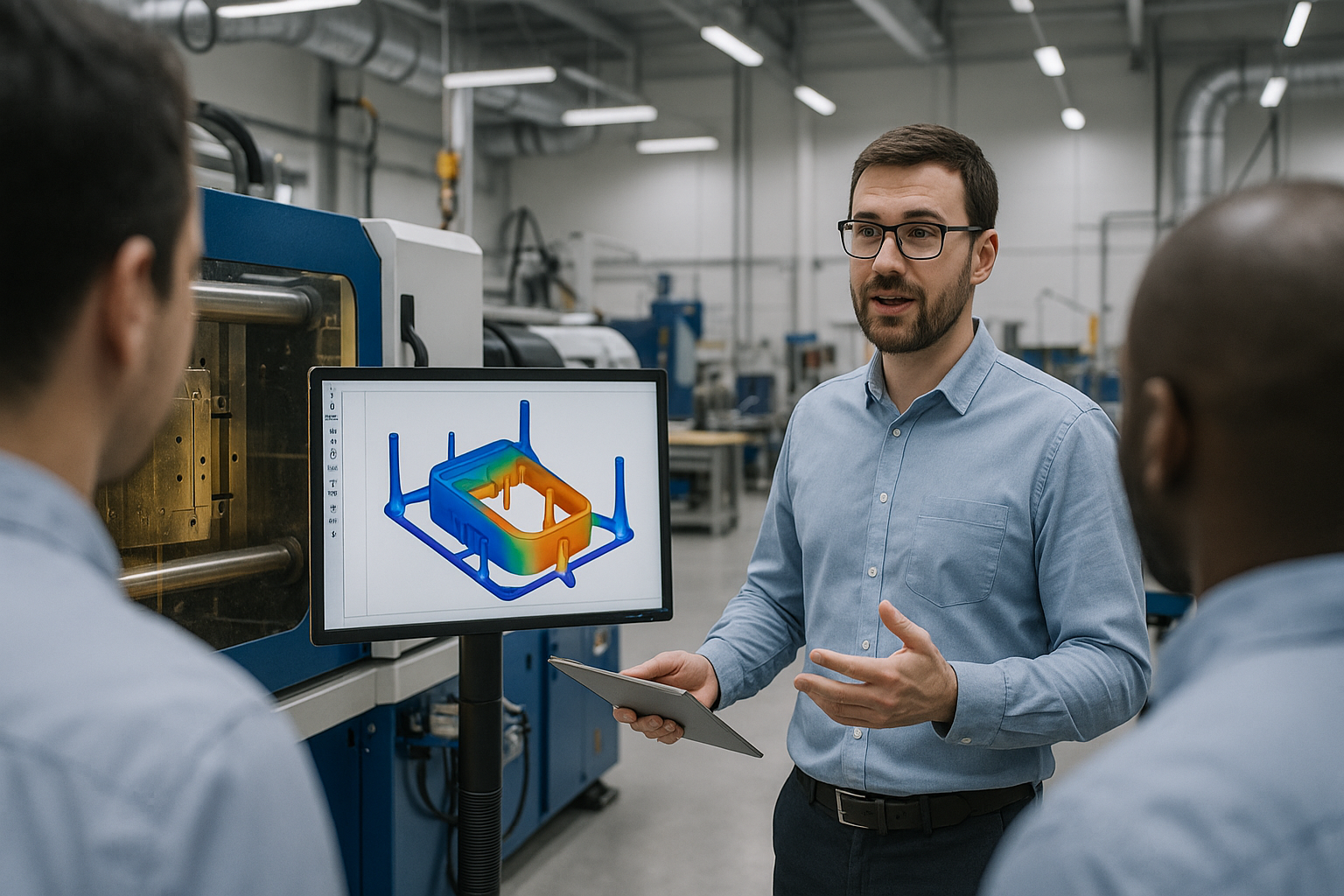
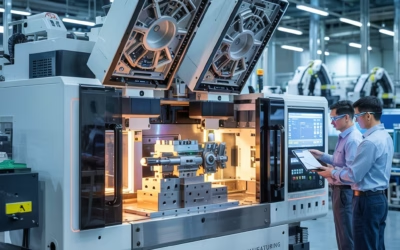
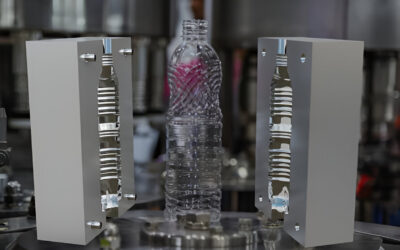
0 Comments